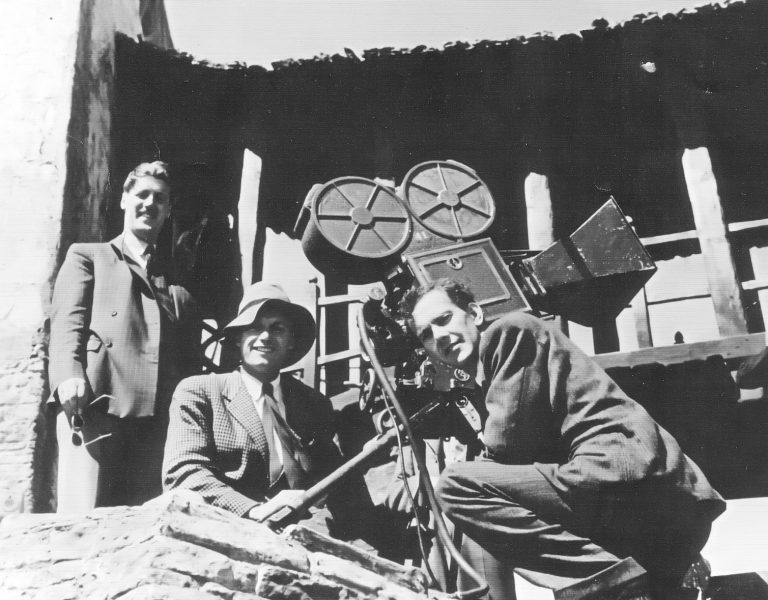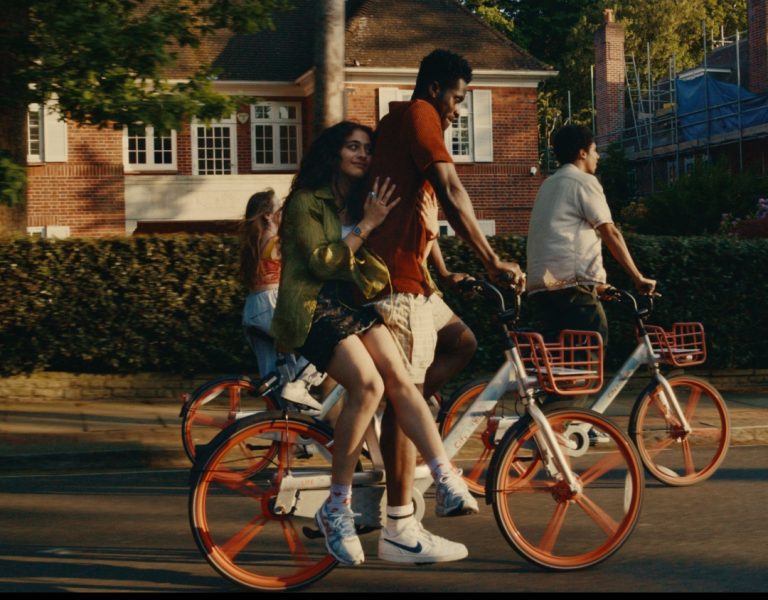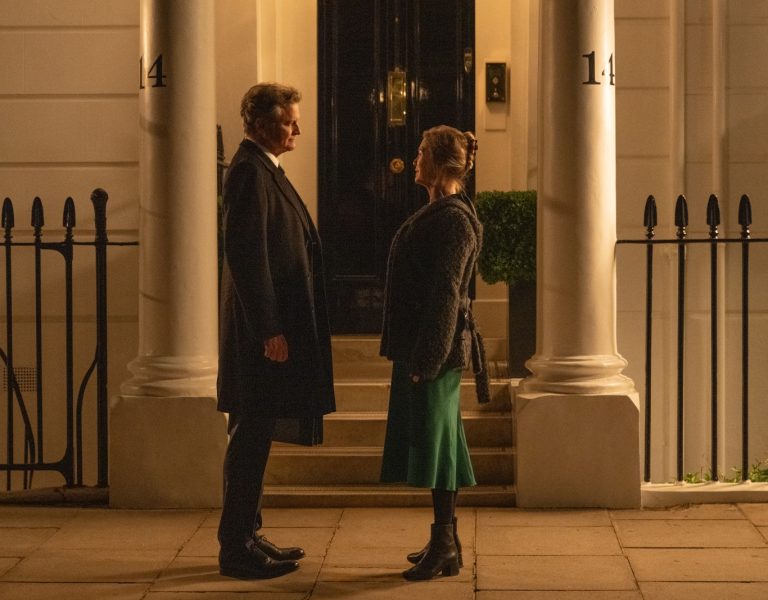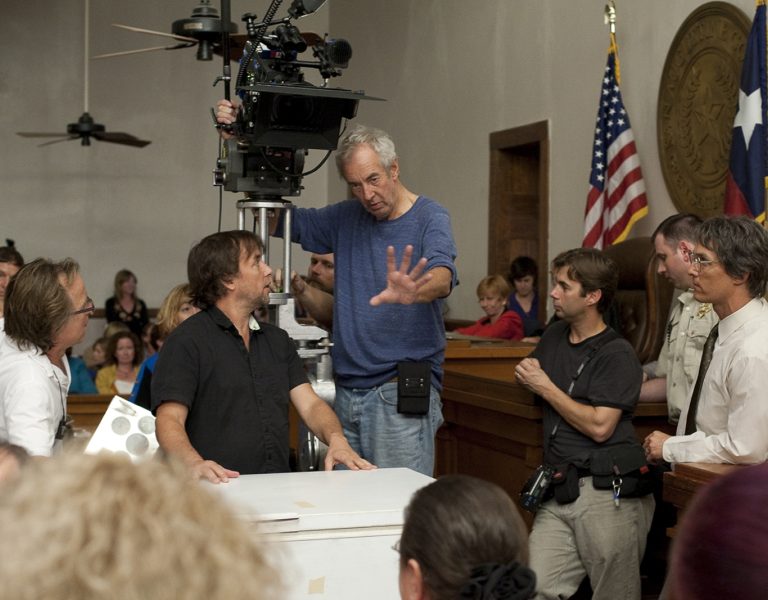RISE AND FALL
A sparky retelling of Edgar Allen Poe’s Fall of the House of Usher allows cinematographer Valentina Caniglia CCS to embrace a kaleidoscope of colour.
When director Craig Cukrowski was looking for a cinematographer to shape the visual storytelling of his debut feature, his first call was to cinematographer Valentina Caniglia CCS.
“I love to work with all kind of directors, including first-time directors because they come with fresh ideas and bring something extra to the process,” admits Caniglia (Adieu Lacan, Tape, Dear…). “I think it’s great when they just throw themselves into [the filmmaking]. As a DP, you have to figure out how to make things happen, and that’s nice.”
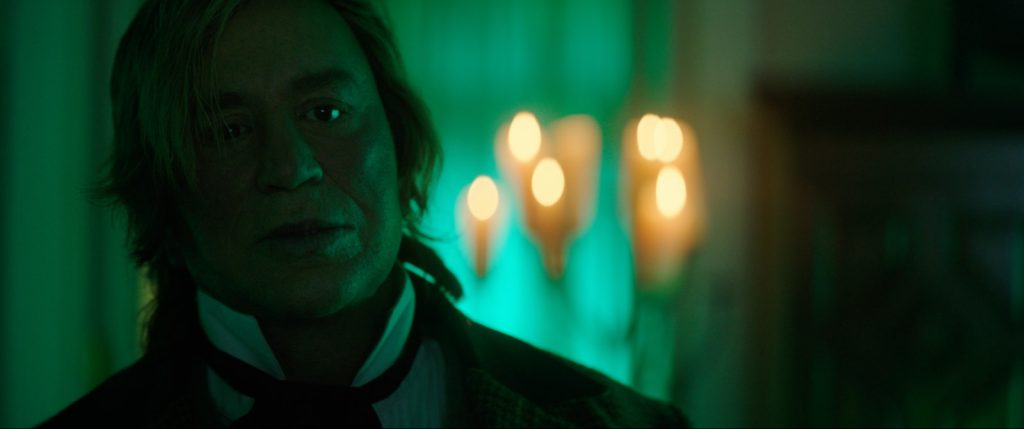
Based on Edgar Allen Poe’s 1840 short story The Fall of the House of Usher, 3 Days Rising was written by Cukrowski’s brother Derek and has commanded a starry cast including Peter Greene, Mickey Rourke and Ice-T. Viewers follow Greene’s character Eric Usher as he descends into madness – but all is not as it seems in this house of horrors…
Tasked with chronicling Eric’s deteriorating state in her lensing, Caniglia sought inspiration from paintings. “I grew up around so much art,” she says.“I studied a lot of paintings and my soul was captured by the way paintings depicted time and space; that’s how I developed my own approach to lighting and framing.”
In their early exchanges, Caniglia and Cukrowski shared references including Gentileschi, Dou, Battistello and Velázquez for their use of chiaroscuro; Picasso’s Three Women and Basquiat’s In This Case for their colour; Richter for his blurring technique; and Kara Walker’s murals for their surrealist silhouettes.
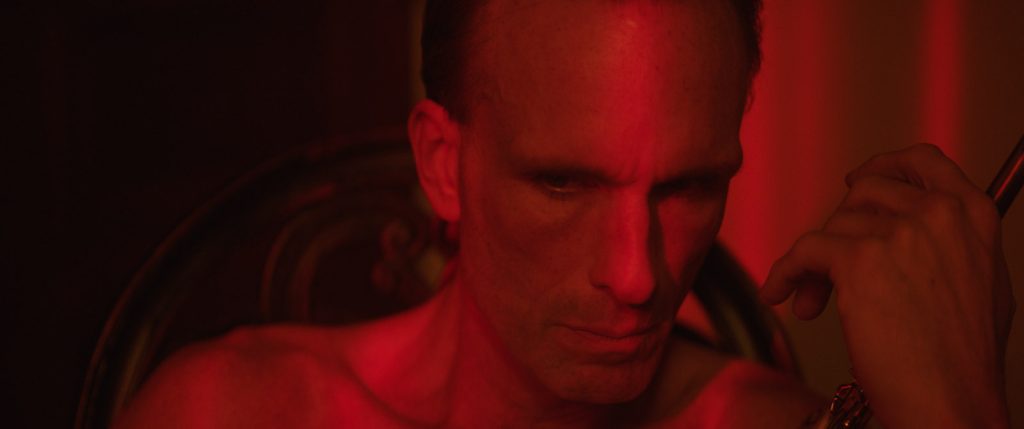
Caniglia also encouraged the director to see that inspiration for film’s visuals could be found all around them. “I told Craig that if he’s walking down the street New York and he sees an object that could represent a scene, then take a picture and send it to me. Or if he hears a piece of music, send it to me.”
3 Days Rising was shot on location in New Jersey in a fittingly grand and Gothic abandoned mansion. “There was the idea of shooting in a studio, but I really wanted to shoot on location,” the DP says. “We could move furniture but not walls, so I had to work out how to give dimension to the place and create an illusion that it was even bigger than it was. The only way to do that was to use mirrors.”
Caniglia liked to place mirrors on the floor and shoot light into them, so the same quantity and quality would reflect back. She had an interesting technique when filming with them in the frame. “I’d actually cover one side of the mirror and have a bit of diffusion on it while the other side would be in frame with the reflection of the actor and the space to create a surreal illusion for more depth,” she explains. “This is why anamorphic works really well, because I could frame out some parts of the mirror and keep some of it in. We’d have the actual reflection and at the same time, have the light coming from the source that I was reflecting.”
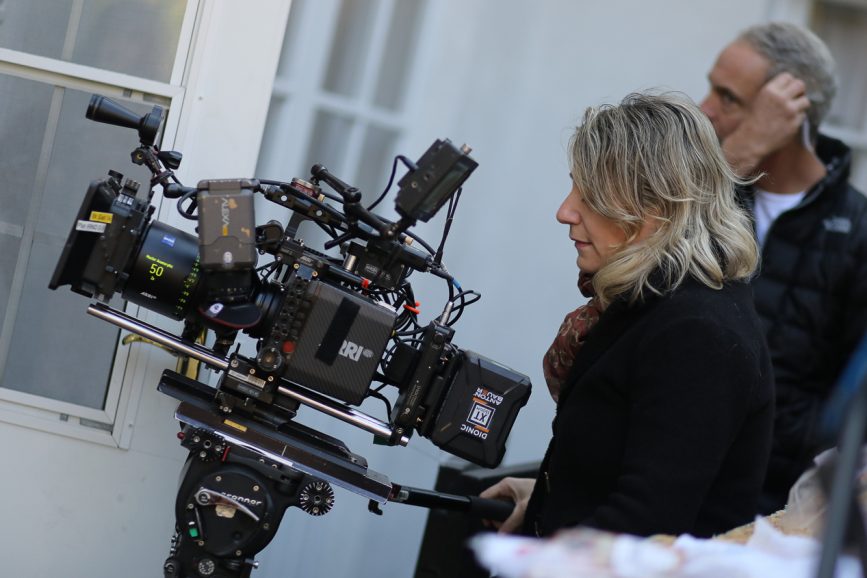
She also used the mirrors to create an air of mystery by showing the actors’ reflections in a way that makes it look like they’re standing together when they’re actually not. This was achieved with the use of the Schneider Split Dioptre #3 to alter the focus, helping her trick the audience.
Pairing the ARRI Alexa Mini with anamorphic lenses (in this case ARRI Master Primes) for dramatic effect suited the spooky story perfectly. The cinematographer used the lenses’ flare set as a two-filter combination – one on the rear of the lens and another on the front – to embrace flaring and character. “I love the sharpness of the Master Primes, but I also like how we could make them a little softer with the filters,” she adds.
Caniglia’s camerawork on 3 Days Rising involves some creative camera movements, with the help of operators Franz Josef Brun and Dave Isern. One such moment of ingenuity is a shot of Greene’s character Eric sitting at a desk, where she uses a Tango Head to rotate the camera from left to right, disorientating the viewer. In another destabilising shot, Eric is walking down a hallway and the Steadicam is rotated like a Libra Head. These camera movements “felt like, in a way, the camera was actually transitioning from objective to subjective to follow Peter’s character Eric,” the DP observes. “Even when he was not in the scene, it was like you could feel him breathing.”

The cinematographer’s use of colour also helps reflect Eric’s character journey. Green, blue then red tones are used to both depict the stages of the moon and the change in Eric’s emotional state of mind. A big fan of using lighting gels to aid her vision, she worked with gaffer Jose C. Martinez to achieve the three distinctive looks.
The film is set to be released in autumn 2024 and Caniglia is excited to see her work on the big screen. She adds: “As a cinematographer, you don’t just create beautiful shots, but you create shots and movements that have motivation. If the film is ‘only’ beautiful, I did not do my job. I’ve done my job when my cinematography really serves the story; when there’s motivation every step of the way.”





